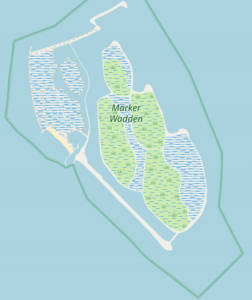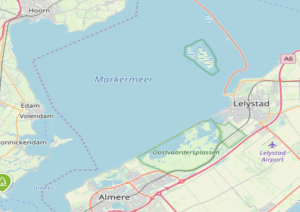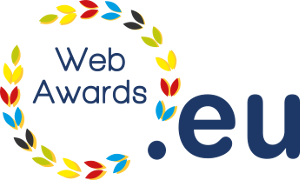On World Environment day we learned about the Marker Wadden,
A new addiction to Dutch nature
The new nature on Marker Wadden is an ideal research area for scientists. Which plants and animals settle here? Which food chains are created? And how do they relate to each other? And above all, does Marker Wadden contribute to the restoration of the Markermeer ecosystem?
The preliminary conclusions point in the right direction. Marker Wadden makes more nutrients available on land and in the water. This ensures, among other things, a strong growth of reed and marsh plants on land and algae under water. Moreover, the algae are of the best possible quality. Favorable for countless aquatic animals that eat algae.
Below is a brief description of the preliminary results of the scientific research team.
Plants
The reclaimed sediment from the Markermeer forms the bottom of the islands. This sediment is very rich in nutrients (including nitrogen and phosphorus). This forms a good basis for plant growth. Incidentally, seeds are not in the sediment. colonization of plants takes place via sowing, washing up, blowing in or via water birds or introduced building materials and people.
Planted reeds grow very well on the sediment. Narrow cattail is also doing well, although water birds, especially greylag geese, have a strong inhibiting effect on the growth of reeds and cattail. Gradually more marsh endives emerge, a species that geese don’t like to eat.
Insects
Those who go ashore on Marker Wadden in the spring and summer are welcomed by large numbers of dance mosquitoes. These are non-stinging mosquitoes that live in the water as larvae. They act as an important food source for fish (mosquito larvae) and for birds on land (mosquitoes). The mosquito larvae eat organic material in the sediment under water, after which they pupate into mosquitoes. In this way the water contributes greatly to the amount of insects on land. In addition to numerous dance mosquitoes, the researchers also caught other mosquitoes, beetles, wasps, bees and spiders.
Algae
Marker Wadden has many aquatic environments: deeper water (4 m deep) outside the islands, shallower water in the wide channel that runs through the Marker Wadden (1-2.5 m deep) and very shallow, protected parts (0.5 m deep).
A lot of phosphorus was measured in the shallow water in 2018, but very little outside it. This caused more algae in the shallow parts, while the algae concentration outside the Marker Wadden was very low. And not only the quantity, but also the quality as food thereof for zooplankton (animals floating in water or floating) turned out to be very high. There was also much more, and much larger, zooplankton in the shallow parts than outside.
Birds
Zooplankton again serves as food for water birds. The increase in this led to a fantastic breeding success of entangles and thieves in 2018, with 210 pairs and 1.7-2 young per pair for the avocet and 1700 pairs, with 1.5-2 young per pair for the common thief. From the base to the water birds, the researchers see that the nature and size of Marker Wadden is becoming increasingly extensive.
Maps of the Wadden.


